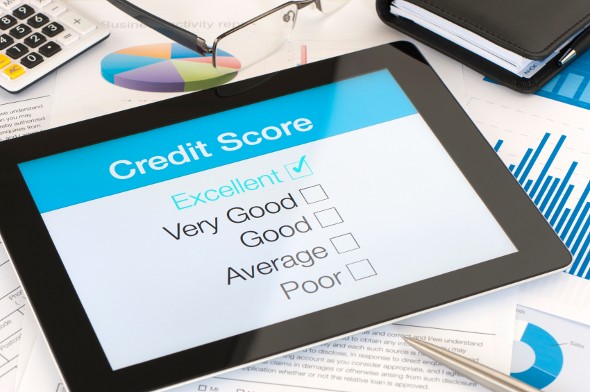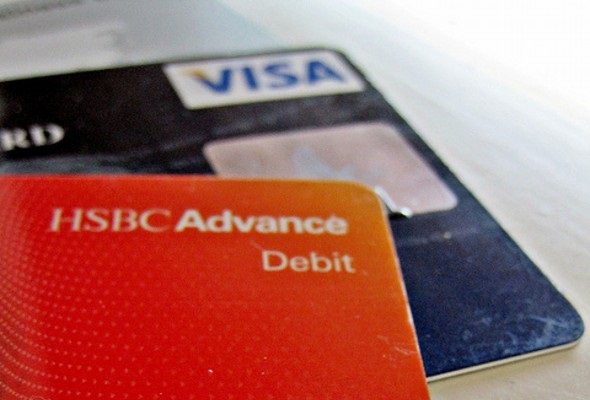The F-bomb has become a pernicious problem for many Americans. No, not the F-bomb that makes a PG-13 movie rated R. We’re talking exclusively about foreclosures. Though home values have risen substantially across the country since the summer of 2012, there are still many Americans dealing with the threat or reality of foreclosure. Foreclosures rose by 25 percent in North Carolina last year alone, according to Journalnow.com.
Check out our refinance calculator.
Foreclosure doubly affect credit scores, due not only to the late payments leading up to it, but the public record that will appear on your report for up to 10 years. It will be an uphill battle to repair your credit rating after a foreclosure. There are, however, several different options to rebuilding your credit after a foreclosure. Ultimately, it comes down to personal choice and circumstances.
Understand Your Credit Score

While it may be true that you’ll have less of a hill to climb after a foreclosure or short sale if you had stellar credit beforehand, you still have some work to do to improve your credit score. Start by understanding what comprises your credit score. According to Biblemoneymatters.com, there are five factors that determine your credit score:
- Payment history (35%)
- Current debt (30%) NEW
- Duration as a consumer (15%)
- New credit (10%)
- Existing credit (10%)
While time will improve your duration as a credit consumer, the other factors of your credit that have been adversely affected by a foreclosure must be methodically rebuilt.
Bankruptcy
The Bankruptcy Abuse Prevention and Consumer Protection Act of 2005 forever changed the way Chapter 7 bankruptcy (the clean slate) is done. Before the new legislation, anyone could file bankruptcy at any time and basically wipe out all their debts. Now if the court determines you can afford at least $100 per month to pay off a portion of your debt for the next five years, you will be ordered to file Chapter 13 (the repayment plan). Those wishing to file Chapter 7 must also go through a state-approved credit counseling program, file and pay all outstanding taxes, and take a debtor education course approved by the U.S. Department of Justice.
If you’re able to file either Chapter 7 or 13, it may be something to consider. The foreclosed home public record will already be present on your credit report, so filing bankruptcy around the same time will mean they will both drop off your record within months of one another. You will also be free of most of your previous financial obligations (except student loans).
Further, your credit score would actually now be determined based on your performance against others in the same situation, according to Smartmoney.com. Craig Watts, the spokesman for Fair Isaac, the company that calculates FICO scores, said its unlikely for people with a bankruptcy to score a perfect 850, but 700 is not out of the question.
Related Article: 4 Signs It’s Time to File Bankruptcy
Rebuild the Old-Fashioned Way
It seems counter-intuitive, but to get a better credit score you have to go into debt. This will prove more difficult and expensive once your credit score takes after the post-foreclosure hit. The important thing is to get credit that you can be sure you’ll pay every month. This includes new credit cards (with less than favorable rates and fees) and auto loans.
For instance, a consumer in North Carolina who experienced a foreclosure can reestablish credit by applying for an auto loan at a used car dealer in Greensboro. A loan would allow them to make regular payments, which would improve their payment history.
These loans may have high interest rates, but because of your recent foreclosure and subsequent credit score, this is to be expected. Your interest rates should improve over time. Installment loans have a more positive impact on your credit score than revolving accounts, because the payments are generally larger and set for a fixed amount of time.
Be Patient

After any financial trouble, getting back on solid financial footing takes time. It can’t be done in a few months and may even take several years. As time goes on, the black marks on your credit fade and are replaced by your current, consistent payments on new debt you’ve incurred through new credit cards and auto loans.
There is no reset button or magic trick for your credit score. Only by taking on new credit and proving to creditors that you are again worthy of their trust (and that you’re ready for lower interest rates and access to more credit) can you improve your credit score.
The F-bomb is never a good thing for your credit score, but it’s not the end of the world. By understanding your credit score, making payments on new credit and exercising patience, your score will improve. Follow these tips to make the foreclosure on your credit history a temporary blip as opposed to a life sentence.
Take a quick tour of the SmartAsset calculator and see how you can start rebuilding your way towards a new home mortgage. SmartAsset 360 can help you keep tabs on your credit score while you rebuild it.
Sharon Decker is a bank manager by day and finance writer by night. Sharon loves sharing her tips on money management and investing.
Photo Credit: Images_of_Money, @iStock.com/Courtney Keating, @iStock.com/Shaiith
